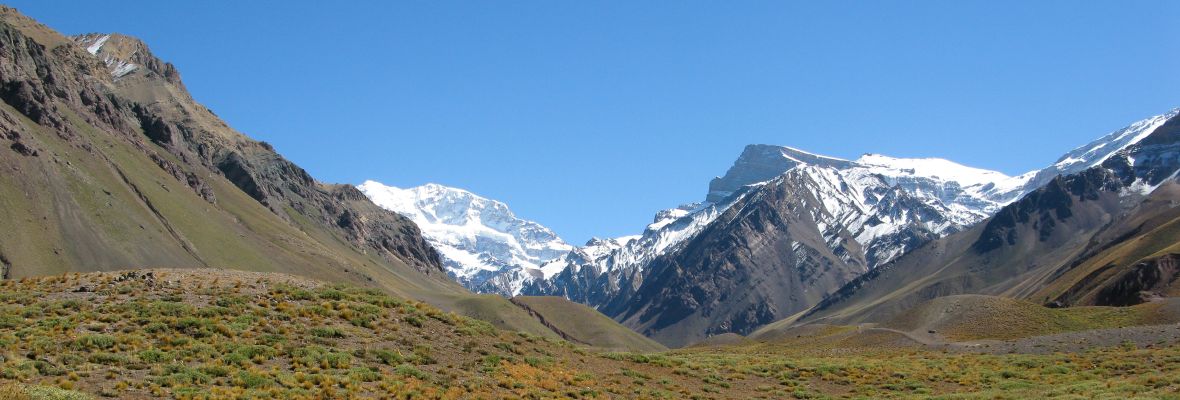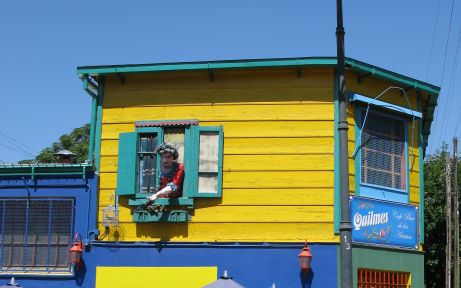We are thrilled to announce the official launch of our new website, Polar Latitudes Expeditions. Discover more in our latest news update, and visit our new website polar-latitudes.com.
From the highest peak of South America to the immensity of the flat Pampas, Argentina is a captivating country with a rich and stunning geographical and cultural diversity.
The second largest nation in South America, Argentina spans about 2.78 million square kilometers and boasts a population of around 46 million. It’s home to iconic landmarks like Iguazu Falls, one of the largest waterfall systems in the world, and Patagonia, a true Mecca for nature enthusiasts and hikers.
The country's world-renowned culture is showcased in its tango music and dance, tasty and multi-cultural cuisine, and the almost religious passion for football. Visitors can explore charming towns, indulge in world-class wines, and experience the warm hospitality of its people. Whether you're seeking adventure in Patagonia or the cosmopolitan vibe of Buenos Aires, Argentina promises an unforgettable journey filled with stunning sights and rich experiences.
Area of Argentina
Population of Argentina
Facts about Argentina
- Argentina derives its name from the Latin word for silver, argentum, as the Spaniards believed the region to be rich in precious metals
- Argentina is the second-largest country in South America, spans approximately 2.78 million square kilometers
- The Aconcagua, South America's highest peak at nearly 7,000 meters, is in Argentina.
- South America
- Argentina










